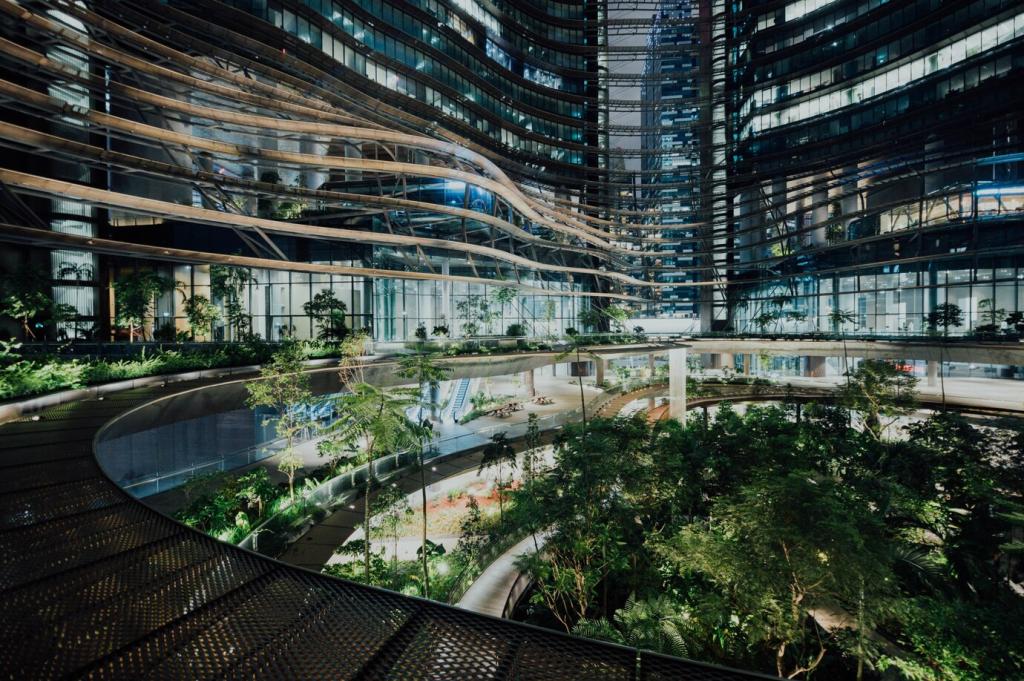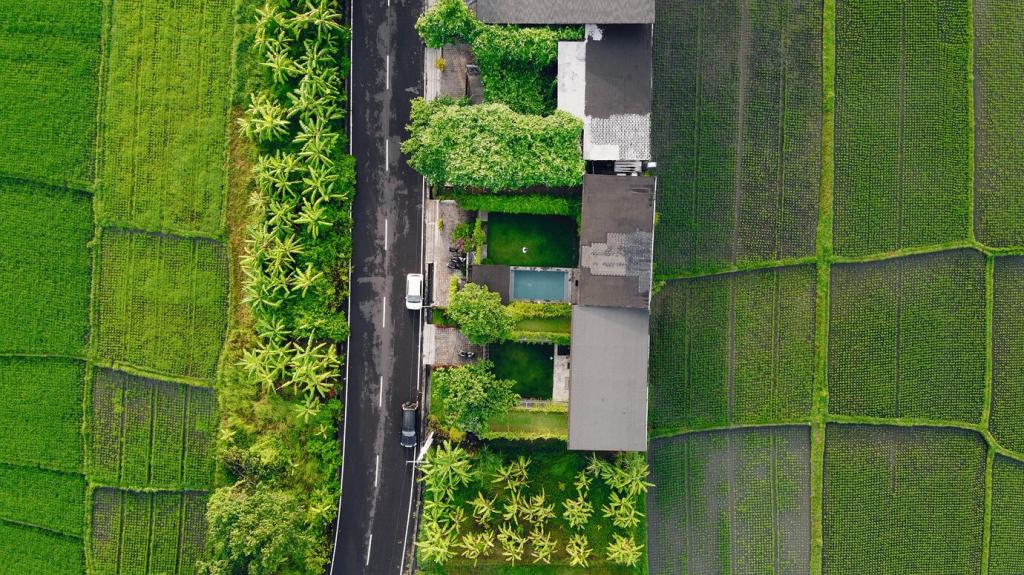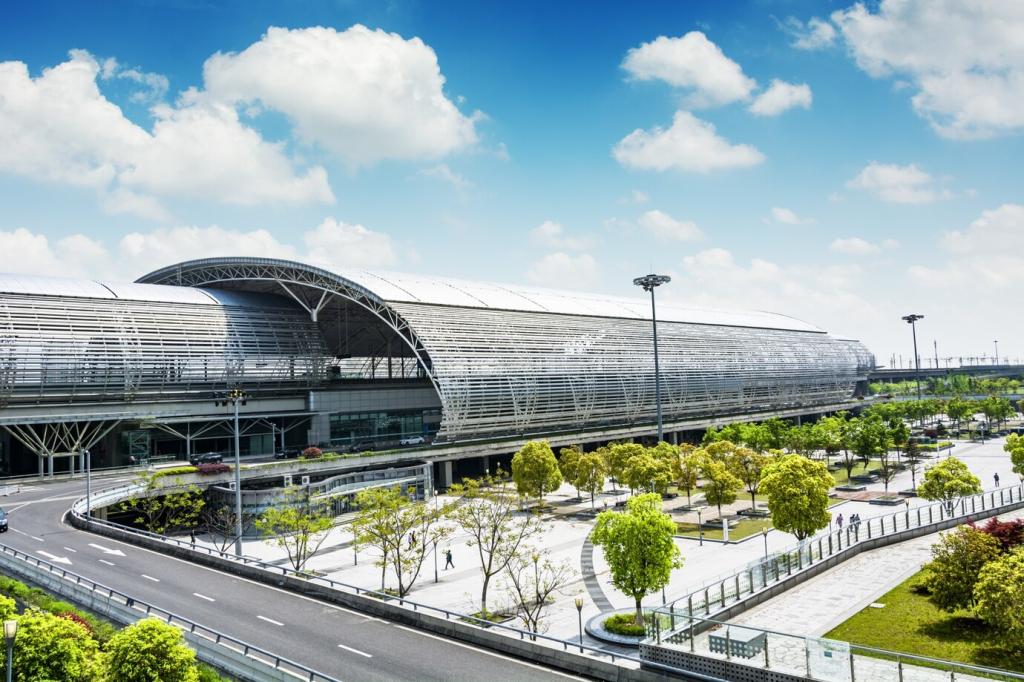Stormwater, Captured and Cleansed
Layered growing media and plants retain a surprising share of rainfall, releasing the rest more slowly. This reduces peak flows that overwhelm drains during storms. By spreading the release over hours, green roofs help cities prevent street flooding, combined sewer overflows, and costly infrastructure strain.
Stormwater, Captured and Cleansed
As water percolates through soil and roots, particulates and nutrients are captured. Even light vegetation can improve water quality indicators. Readers have reported clearer downspout flows and fewer gutter clogs after installing small test beds, suggesting even modest green roof areas make measurable differences during seasonal rains.









